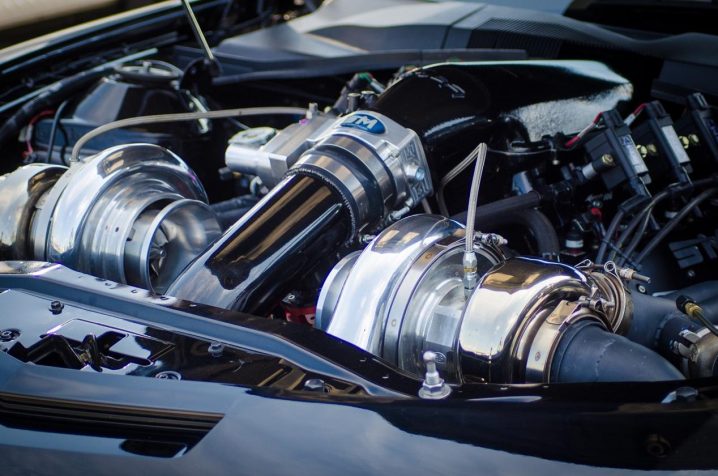Flowmeters are instruments that measure the flow rate of liquids, passing through the instrument’s tube and triggering the measuring mechanism inside, which will then be calculated as the flow rate. There are different kinds of such instruments for different types of fluids or gas. For dangerous, non-flammable, water-based fluids, for example, you’d want an electromagnetic flowmeter, but if you’re working with just clean water or gas, then you’d want a turbine flowmeter instead.

A turbine flowmeter is a flowmeter that uses a turbine rotor to measure volumetric flow rate. The water passes through the tube where the turbine is, and the flow makes the turbine spin. These flowmeters are great for clean liquids that have the same viscosity as water, or for use with gas and steam.
How do turbine flowmeters work?
Turbine flowmeters are made up of 3 parts: the housing, the rotor assembly, and the pickup sensor. The housing contains the rotor assembly and the tip of the pickup sensor. This is where the materials pass through to get to the rotor assembly and pass through the other end of the tube, making the rotor spin. The housing can be made of a variety of materials like stainless steel or plastic.
The rotor assembly has the rotor and some bearings. The bearings are made from materials that provide the least amount of friction, like graphite or ceramics, while the rotor is usually made of stainless steel, which is essential.
The pickup sensor is made of magnets designed to detect each rotor blade passing below it as the rotor spins. This is why the rotor must be made of metal or steel. As each blade passes, the magnet detects it causing voltage pulses that are read as a frequency, and this frequency represents fluid velocity from which the volumetric flow rate is calculated. Each meter has its k factor which is the equivalent of a certain number of pulses per litre of material passing through, and this is what’s used to divide the frequency of pulses detected to derive the volume flowing water passing through each second.
When to use turbine flowmeters
Water that passes through the turbine flowmeter causes the turbine to spin. This means that water with sediments and other dirty materials that can clog up the entrance to the turbine is not a scenario in which you’d want to use a turbine flowmeter. Instead, you can use turbine flowmeters for clean water and other liquids that don’t contain anything that can clog up the turbine, such as chemicals and other water-based fluids used in pharmaceutical, or industrial factories.
They can also be used for gas and steam as long as the pressure is intense enough that the gas and steam travelling through the pipes can make the rotor spin. Adjustments and customisations can be made to give the flowmeter more function, such as an alarm and a transmitter. This makes turbine flowmeters suitable for restricted areas or places that can’t be often reached by people without going through a lot of work.



